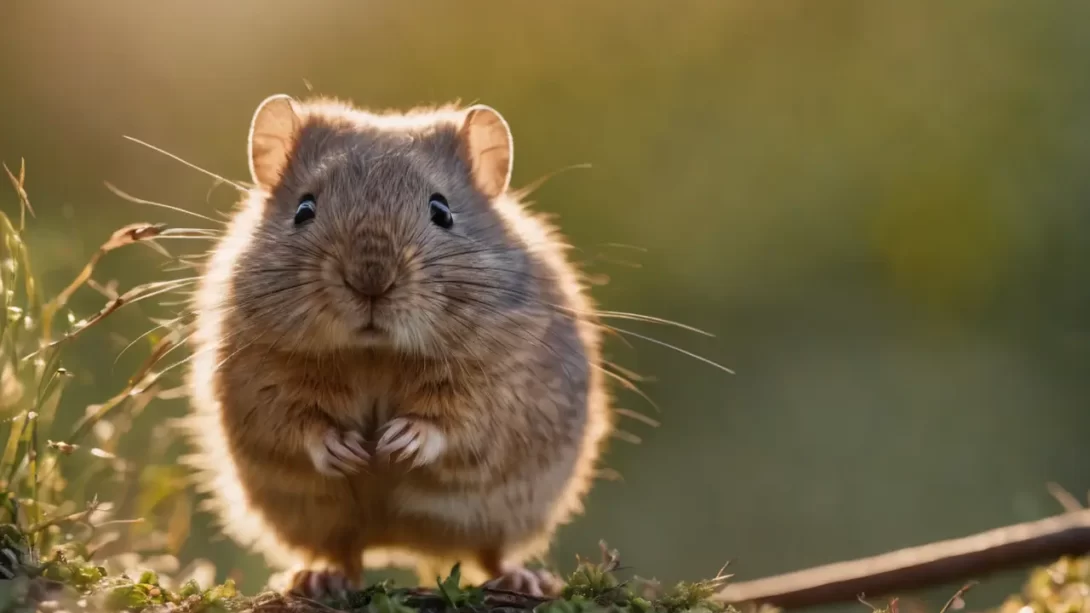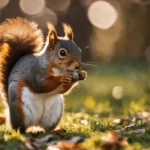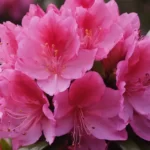Voles, often confused with moles or mice, are small rodents commonly found in gardens and yards. While they are a natural part of many ecosystems, homeowners frequently express concern about the potential dangers these creatures might pose. This article aims to explore these concerns, shedding light on the true risks associated with voles to both humans and pets, and their impact on gardens.
Voles
Voles are small, stout rodents with short tails, rounded ears, and small eyes. They are often mistaken for mice but have a more robust body and shorter tail. Typically found in North America and Europe, voles prefer living in grassy or wooded areas and are known for creating intricate tunnel systems underground. These creatures play a vital role in their ecosystems, serving as prey for various predators and helping in seed dispersal.
Differentiating voles from other similar rodents is important. Unlike moles, which primarily feed on insects and reside underground, voles are herbivores that often venture above ground to feed on plants. This behavior distinguishes them from the insectivore diet of moles and the more varied diet of mice.
Voles and Human Health
When it comes to human health, voles are generally not considered a significant threat. They are not known to be aggressive and rarely come into direct contact with humans. However, like many wild rodents, voles can carry diseases, including hantavirus and tularemia, though the transmission of these diseases to humans is relatively rare.
The health risks associated with voles are generally lower compared to other rodents such as rats or mice. These larger rodents often inhabit closer quarters with humans and are more likely to spread diseases. Nonetheless, it’s prudent to exercise caution and practice good hygiene if you come into contact with any wild rodents or their droppings.
Voles and Pets
Pets, particularly cats and dogs, might interact with voles, given their natural curiosity and hunting instincts. The risk voles pose to household pets is generally low, but there are some factors to consider. If a pet catches and ingests a vole, there is a small risk of disease transmission. It’s rare, but pets can contract parasites or illnesses from consuming wild rodents.
For pet owners, it’s advisable to monitor these interactions. If your pet catches a vole, it’s wise to check for any signs of illness following the encounter and consult a veterinarian if any concerns arise. Keeping pets up-to-date with vaccinations and parasite control is also a prudent preventative measure.
Voles and Garden Damage
One of the more significant concerns with voles is the potential damage they can cause in gardens and landscaping. Voles are primarily herbivores and feed on a variety of garden plants, grasses, and tree bark. They can cause considerable damage to root systems, leading to the wilting and death of plants. In winter, when food is scarce, voles may gnaw on the bark of trees and shrubs, which can lead to girdling and the eventual death of the plant.
Identifying vole activity in your garden involves looking for their distinctive signs. These include surface runways in grassy areas, small entry and exit holes in the ground, and gnaw marks on the base of trees and shrubs. Early detection of vole presence can be key in mitigating the damage they cause.
Managing Vole Populations
Controlling vole populations in a garden or yard is a common concern. There are several humane and effective methods to manage voles, which include encouraging natural predators, using traps, and applying repellents. Cats and certain dog breeds are natural predators of voles and can help keep their numbers in check. However, relying solely on pets for vole control is not always practical or sufficient.
Trapping is another method, with various types of live traps and kill traps available. When using traps, it’s important to follow best practices to ensure effectiveness and humane treatment. Repellents can also be used, although their effectiveness can vary and may need to be reapplied regularly.
Environmental Considerations
While managing vole populations is important for protecting gardens and landscapes, it’s equally crucial to consider the environmental impact of such control measures. Voles play a significant role in the ecosystem. They serve as a food source for various predators, including birds of prey, snakes, and larger mammals. Additionally, their burrowing activities help aerate the soil and facilitate the decomposition process, contributing to soil health.
Over-controlling vole populations can disrupt local ecosystems and reduce biodiversity. It’s important to strike a balance between protecting your garden and preserving the natural environment. Employing environmentally friendly control methods, such as habitat modification to make the area less attractive to voles, can be an effective strategy. This might include clearing dense ground cover or maintaining a tidy garden to reduce hiding spots for voles.
Conclusion
Voles, while potentially problematic for gardens and landscaping, are not a significant danger to humans or pets. Their presence in an outdoor space should be managed with a consideration for both the health of the garden and the surrounding environment. Understanding and respecting the role of these small creatures in the ecosystem is key to coexisting with wildlife.
For gardeners dealing with vole issues, a combination of vigilance, preventive measures, and environmentally conscious control methods can effectively reduce vole-related damage while maintaining ecological balance. By adopting such practices, we can enjoy our gardens and outdoor spaces while coexisting peacefully with the wildlife around us, including the often-misunderstood vole.




